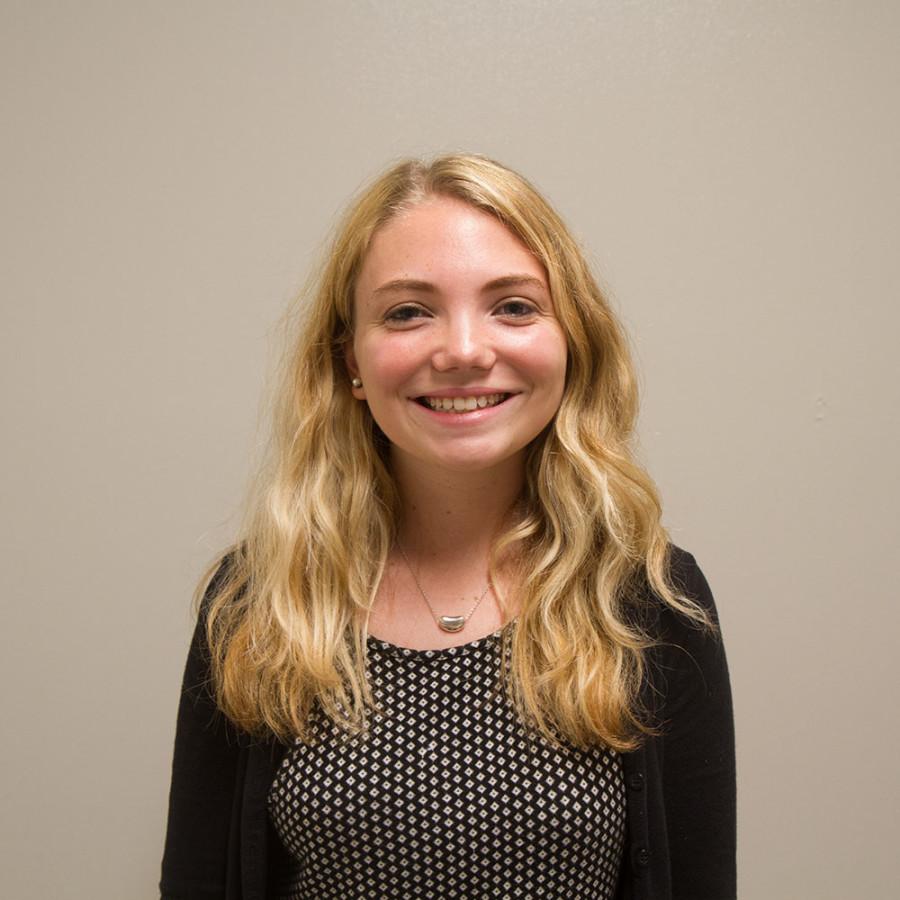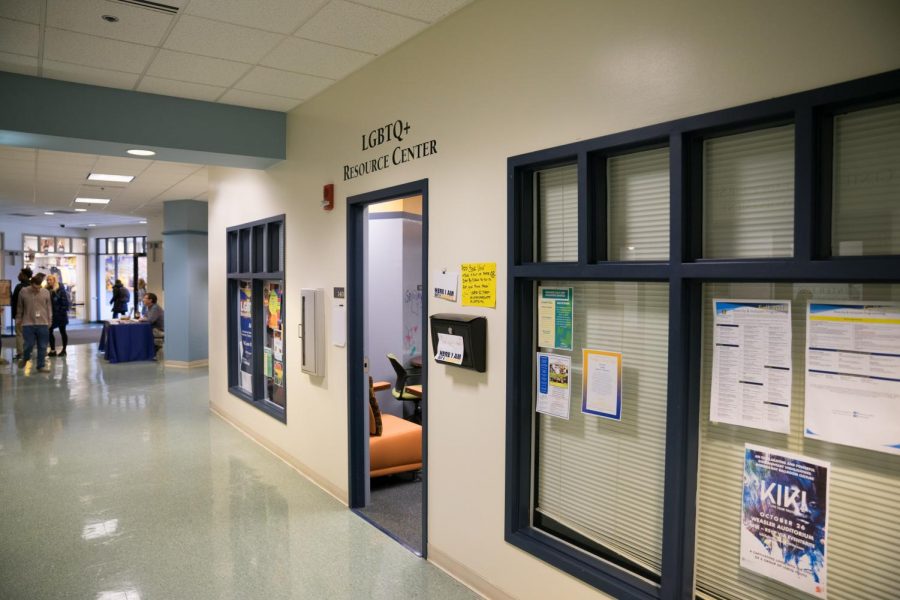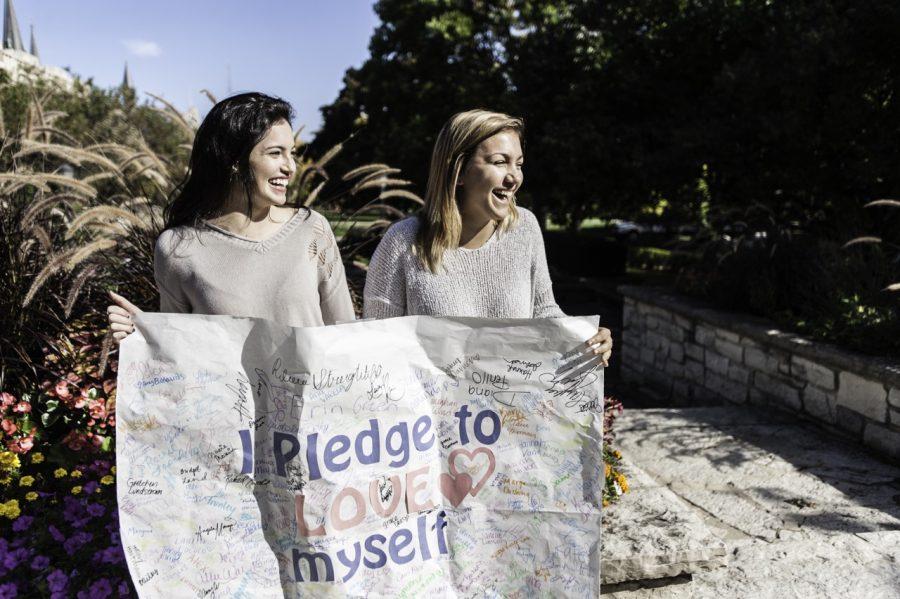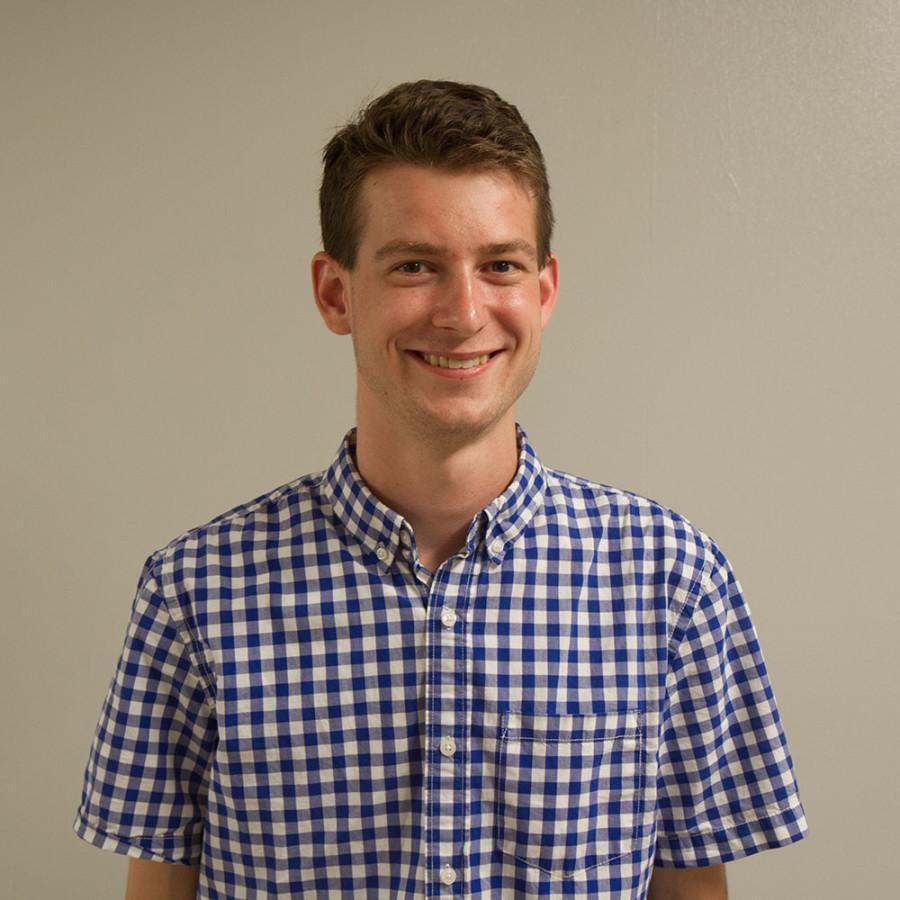The right to assemble peacefully has enabled victories in legislation throughout history. Whether they related to suffrage or segregation, peaceful movements sent a message loud and clear: “We want this, and we won’t stop until we get it.” Generally speaking, successful demonstrations offer a specific resolution. Demonstrations for suffrage called for voting rights. Demonstrations against segregation called for the repeal of Jim Crow laws.
However, these are not the kind of demonstrations making headlines today. In response to an incident involving cotton balls on the lawn of the black cultural center and various incidents involving racial slurs used on campus, the University of Missouri group calling themselves “Concerned Student 1950” initiated a campus-wide movement that ultimately resulted in the resignation of President Tim Wolfe. Armed with a list of outlandish demands and a leader participating in a hunger strike, Concerned Student 1950 had an overarching goal in mind: making their campus a “safe space.”
The movement sparked action on college campuses across the country to address racism. One of the suggestions stemming from the silent protest at Marquette included instituting diversity training and a class focusing on white privilege and cultural sensitivity. I can’t imagine that a class titled “White Privilege” would be very objective in nature, but it will be interesting to see if that transpires.
The state of conflict on Missouri’s campus turned from bad to ugly very quickly. Members of Concerned Student 1950 actively blocked media from entering their “safe space” and reporting. The seemingly vague calls to action published by the group had some of the most liberal readers scratching their heads in confusion. What is a “safe space,” and whose responsibility is it to ensure such a “safe space?” Does this make every other place “unsafe?” How is this situation improved?
The phrase “safe space” has been thrown around quite a bit lately, usually in regards to those belonging to the LGBT community or those who have been victims of sexual violence. For instance, Brown University created a literal “safe space,” complete with Play-Doh, soothing music, pillows, coloring books, bubbles, cookies, counselors and a video of puppies. This “safe space” served as escape from triggering or offensive material presented in a debate challenging the idea of rape culture last spring at Brown.
Although such details might sound like part of an SNL skit, they are not. The room was dedicated for those victims who consciously chose to go to a debate in which the subject material was made clear. It seems a bit counterintuitive, but I suppose the type of cookie offered has to factor into the decision.
Other universities take a less literal approach to the phrase and strive to create classroom environments that function as “safe spaces.” Genuinely confused as to the meaning, I read multiple definitions of what constitutes a safe space. All sources define a conceptual safe space as an environment in which people are free to express their unique identity, orientation, religion or culture and associated opinions without fear of rebuke. In other words, for a space to truly be safe, students won’t feel the need to filter what they’re saying based on who is in the room. In theory, people will be supportive and encouraging. No one will be silenced.
But this is not what safe space classrooms are like in practice. In “safe” classrooms, only particular ideas earn the privilege to be openly discussed.
We are approaching the one-year anniversary of the Westboro Baptist Church’s arrival in response to a philosophy student’s request to discuss opposition to gay marriage. As we know, the student was turned down and told that such opinions will not be tolerated in classroom discussion. Although I respectfully disagree with the student’s sentiments, the decision makes one thing abundantly clear about safe spaces: they are only safe for some students.
Without defining any sort of boundary for a so-called safe space, we see the concept start to slowly, but surely make its way into social media, retail and work environments. For those finding themselves excluded from the Starbucks Christmas cup design, you can now enjoy your Gingerbread Latte without feeling unsafe.
This semester, Marquette Student Government formed a committee for their “Take Back the Yak” initiative to protect vulnerable Marquette students from getting boo-boos from mean yaks. More formally, yaks that aren’t in line with Marquette’s mission will be down-voted by the committee until they are removed (even though the Yak network is based on geographic location).
We have created spaces that are more exclusive than inclusive. We expect universities to be responsible for the morality of individuals. We distort reality and censor meaningful, albeit controversial, conversation.
Dissent allows us to acknowledge conflict before it escalates. Dissent serves to educate. Silencing any opinion is dangerous, and silence has no business in a college environment. Silence is not safe.
Both implicit and explicit racism are very much alive throughout today’s college campuses, but campus-wide safe spaces serve to mask the underlying problems.




